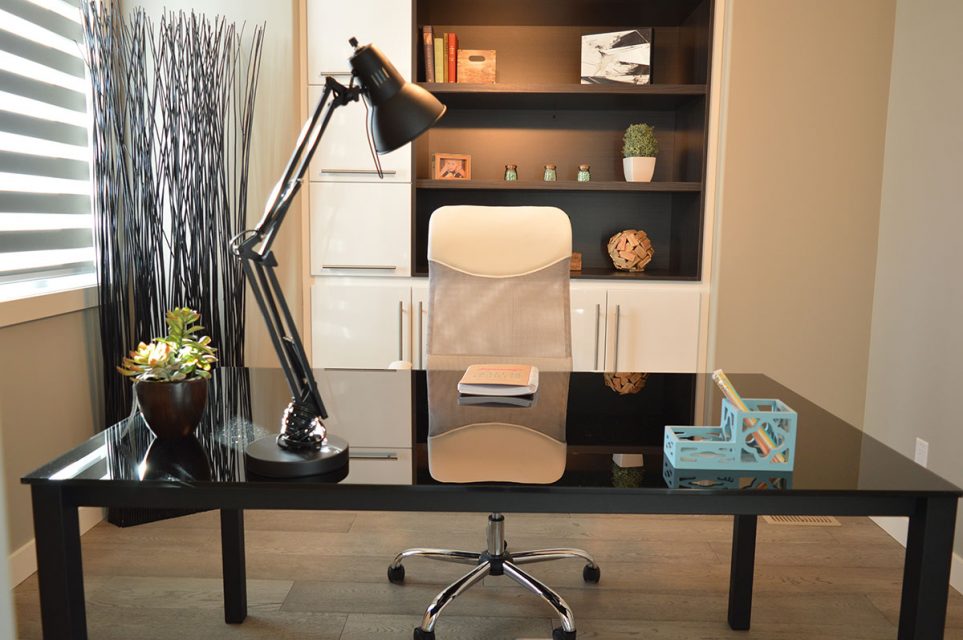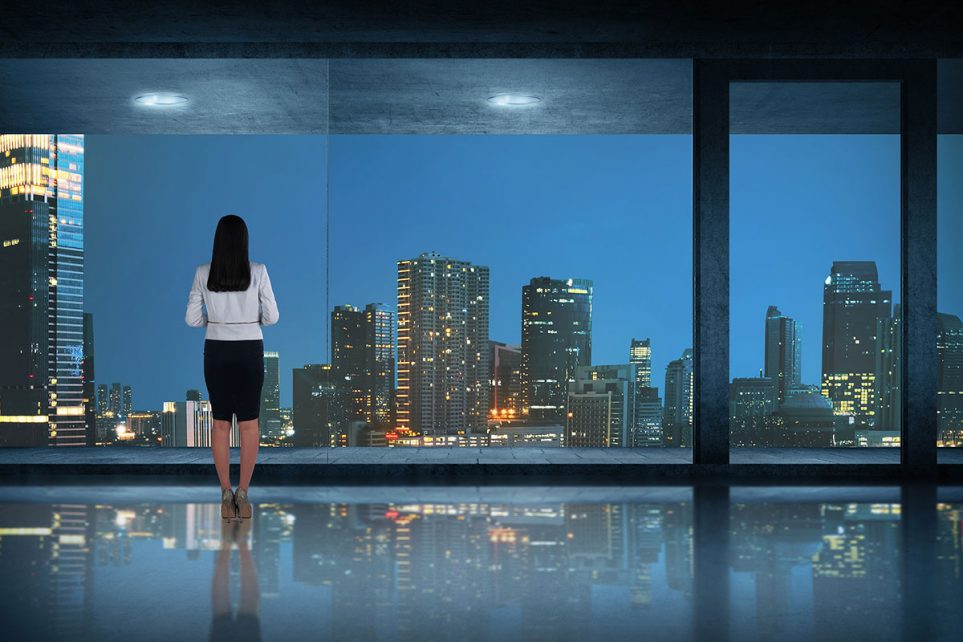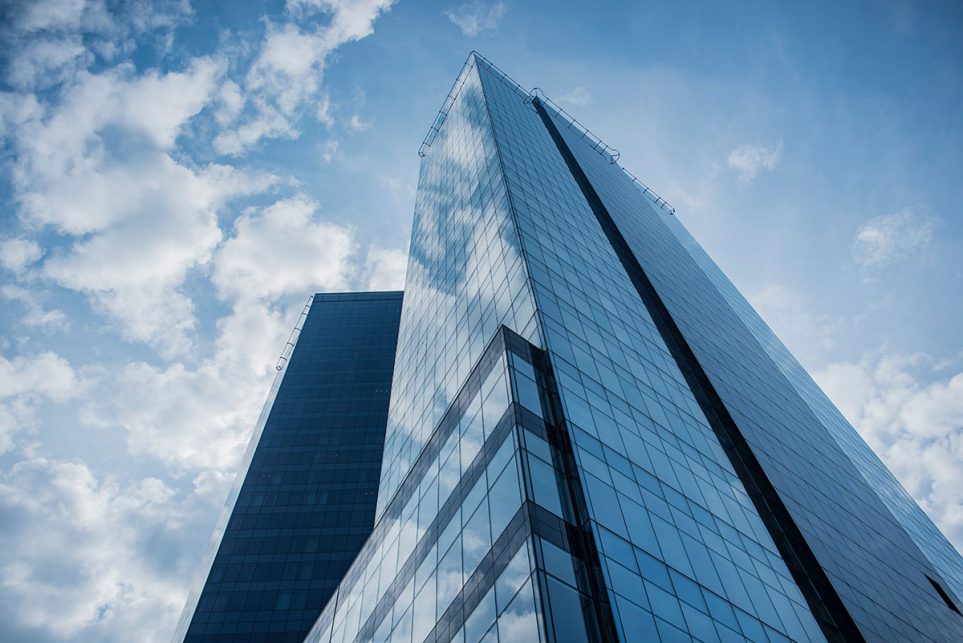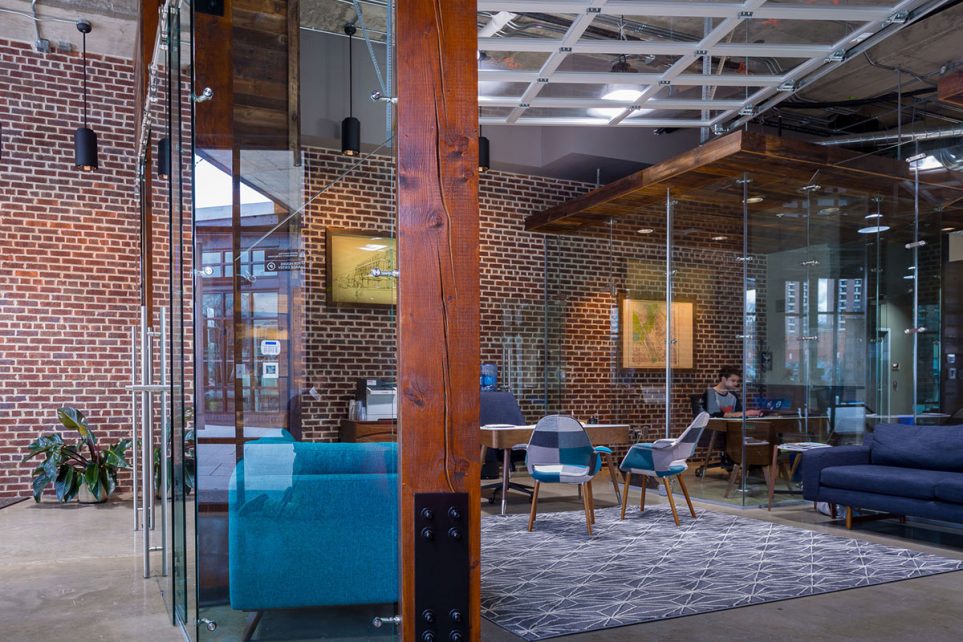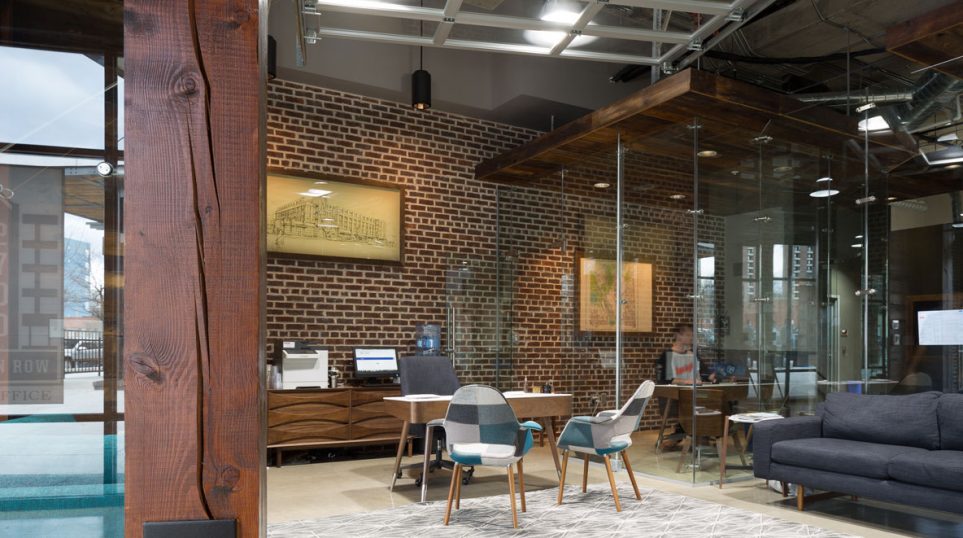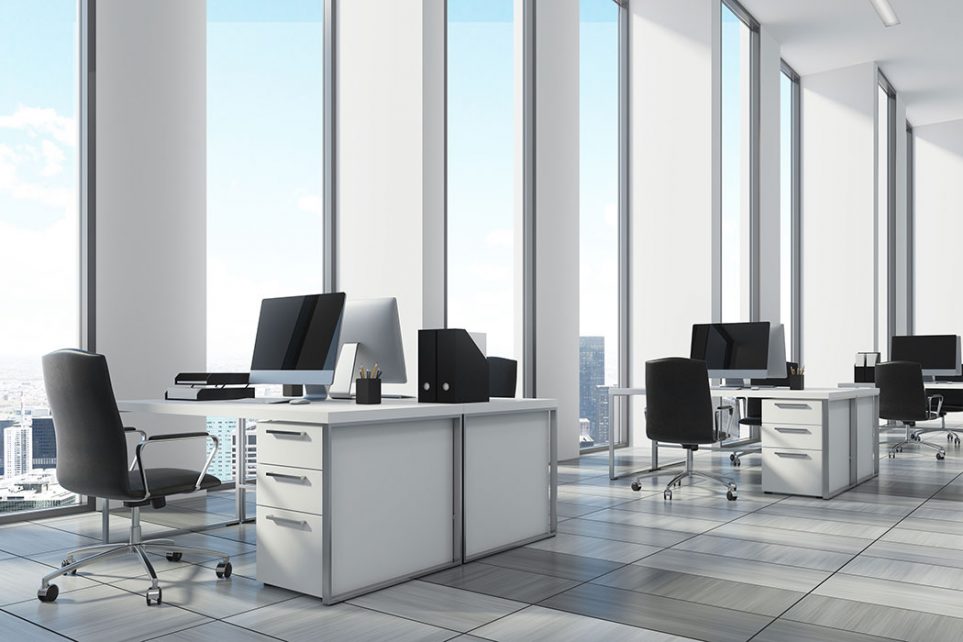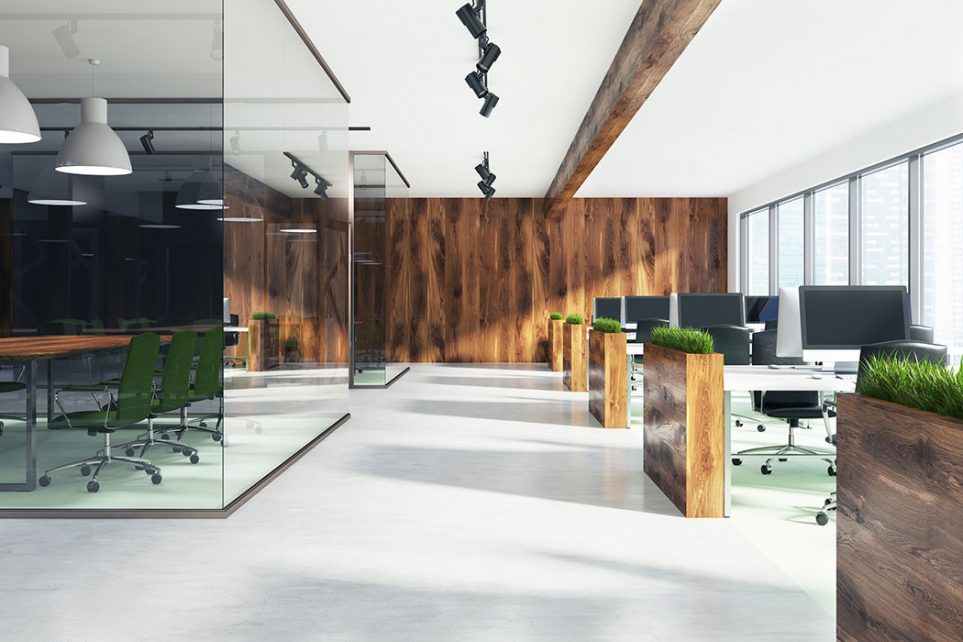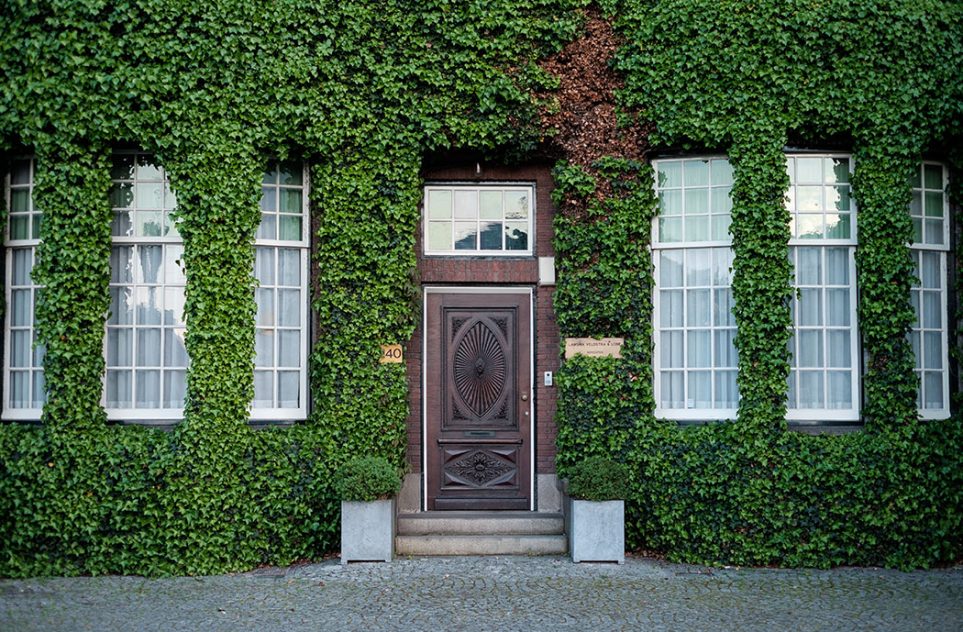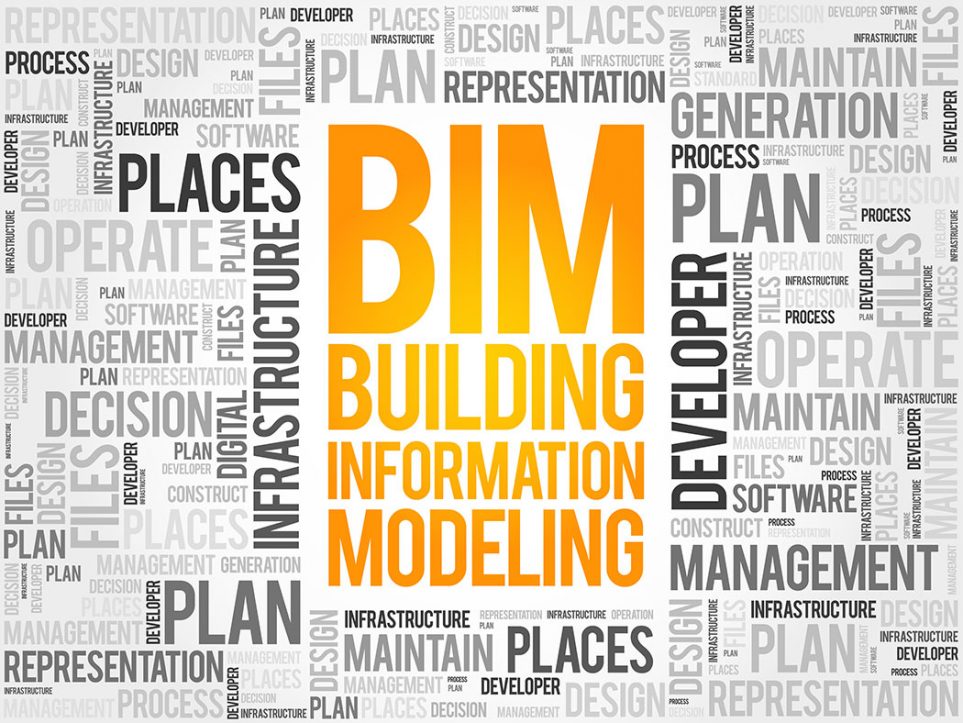Hard to believe, but there was a time not too long ago when a company functioned by hiring a workforce to travel to its workplace. Everything necessary to complete the job was in this permanent work space and consequently, so were you. With the internet and the myriad of devices at our fingertips, the definition of “work environment” has dramatically … Read More
How Glass Can Enhance and Transform Advertising
Glass and advertising. Two ubiquitous staples in our culture. Both are virtually everywhere we look. One has always served a purpose architecturally. The other is an influential device that both shapes and reflects who we are. But together, combining the force of advertising with the latest high-tech smart glass delivery system, they are the ultimate power couple, impacting consumers on … Read More
Looking Through the Glass
We created windows and wealthy Pompeiians showed off their glass window panes as a symbol of their affluence. We developed the process of staining glass and what began as adornment for church windows evolved into a contemporary artform. A thousand years later, sustainable and eco-friendly glass tiles and mosaics add sparkle and distinction to even the most institutional spaces. Artistic … Read More
Making a Good First Impression: The Reception Area
As grossly unfair as it may seem, your clientele will summarily judge your company’s success, as well as the competency, relevance and character of your workforce based on their visceral reaction to your anterooms. Whether you are operating a dentist’s office, heading up a fashion empire, or selling widgets, your reception design has the daunting task of luring clientele into … Read More
The Power of Graphic Design
For centuries, graphic design and architecture have been creatively linked, each contributing to clarifying and communicating a building’s message. Architecture seeks to inspire with shape and form and purpose. With typography and images, graphic design supports and echoes that story, becoming the visual representation of the built environment. Graphic design also plays a key role in presenting architectural concepts for … Read More
Open Plan Offices: The Next Step
The goal: Organizational health. The key: A workspace that promotes and supports the mental, physical and social health of the workforce. It’s as simple—and complex—as that. Faced with the task of creating environments that foster optimal achievement, today’s office designers are forced to think outside the cubicle and adapt to a new, more organic office culture. Pursuant to our deeper … Read More
The Emergence of the Open Concept Workspace
With the proverbial swing of the pendulum, 21st century office design did away with barriers considered a hindrance to the contemporary business model. Coming full circle, today’s office-scapes once again reflect Wright’s original open office concept, maximizing the use of large open spaces, and facilitating communal spirit, while taking advantage of natural light. That’s the good news. Consult a design … Read More
The Psychology of Workspace Design
While our tech gadgetry allows individuals to work from anywhere, it’s the office that engenders the team building and collaboration so vital to a company’s infrastructure. Office design must support this face-to-face interaction and provide plenty of diverse areas in which different sized groups can gather for large team meetings or small group conversations. Workspace feng shui also dictates the … Read More
History of Doors : Design and Usage
No matter who we are or where we live, doors around the world have consistently protected us from the elements and defined our comings and goings. These iconic structures are symbols of life passages; transitions, endings, new beginnings. As we move through them—literally and figuratively—every day, we are part of a shared human behavior that began as an instinct for … Read More
The Importance of Building Information Modeling (BIM)
Ironically, BIM is one case in which technology improves human interaction. In the past, with a myriad of plans bouncing back and forth between departments until all issues were resolved, the potential for miscommunication and finger pointing was great. The engineer would blame the architect for an inexecutable design. The construction crew would fault the engineer for unrealistic expectations. Everybody … Read More


